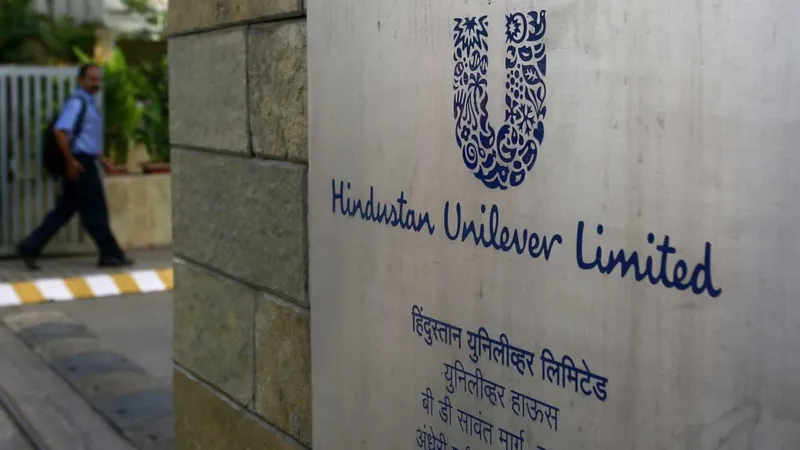Mumbai, April 24, 2025 — Hindustan Unilever Limited, the consumer goods giant that churns out everything from Dove soap to Knorr soups, is betting big on a stronger first half of the fiscal year. The company, a bellwether for India’s sprawling FMCG sector, says it’s seeing signs of life in rural markets and a cooling-off in inflation, setting the stage for better growth in the months ahead.
In its latest earnings call, HUL’s management painted a cautiously upbeat picture. The company, which has been wrestling with sluggish demand and price-sensitive consumers, expects volumes to outpace pricing in the current fiscal year. This comes after a rough patch where rural demand, a key driver for FMCG players, took a hit from high inflation and uneven monsoon seasons. But now, with inflation starting to loosen its grip and rural wallets feeling a tad less pinched, HUL is eyeing a gradual uptick.
The company’s numbers back up the optimism. For the quarter ended March 31, 2025, HUL reported EBITDA margins holding steady in the 22-23% range, a sign of resilience despite choppy market conditions. Home care products, like Surf Excel detergents, clocked mid-single-digit growth, though negative pricing in the segment kept a lid on bigger gains. Beauty and well-being, a category that includes heavyweights like Lakmé, posted low-single-digit growth with a plump 33% margin. Personal care and foods, meanwhile, saw low to mid-single-digit declines, but HUL’s brass isn’t sweating it. They’re banking on portfolio tweaks and improving macro conditions to turn the tide.
HUL’s outlook hinges on a few key shifts. Government data points to retail inflation easing to a 10-month low of 4.85% in March 2025, giving consumers some breathing room. Rural markets, which make up a chunky slice of HUL’s sales, are showing green shoots, spurred by better agricultural output and government spending on rural schemes. The company also plans to wrap up its Pureit water purifier business demerger by fiscal 2026, streamlining its focus on core categories.
Executives aren’t popping champagne just yet. They’re clear that growth will come step by step, not in a single leap. Still, the company’s focus on volume-led growth, coupled with its knack for navigating India’s tricky market terrain, has analysts nodding. HUL’s guidance for the first half of fiscal 2026 is notably rosier than the back half of fiscal 2025, a period marked by cautious consumer spending and lingering supply chain kinks.
The FMCG titan is also doubling down on innovation and affordability to win back shoppers. From smaller pack sizes for budget-conscious buyers to new product launches in premium segments, HUL is playing both ends of the spectrum. It’s a strategy that’s worked before, helping the company weather economic storms while keeping its grip on India’s fiercely competitive consumer market.
For now, HUL’s message is clear: the road ahead looks smoother, and they’re ready to hit the gas. The company expects growth to gradually improve through 2025, with volume gains leading the charge. Inflation is down, rural demand is perking up, and HUL’s got its eyes on the prize.

